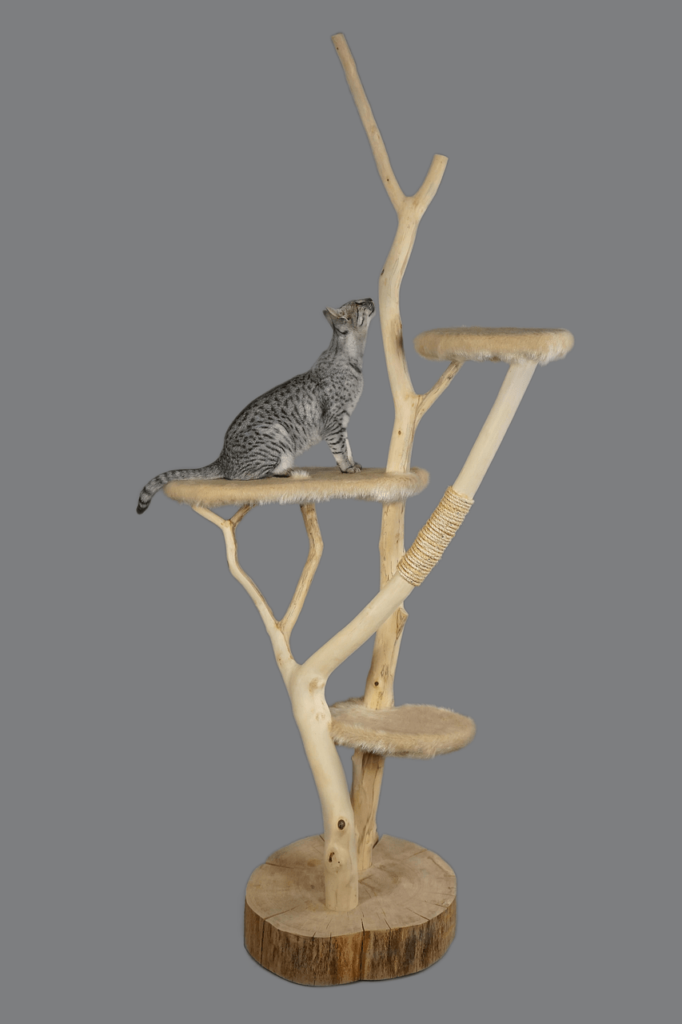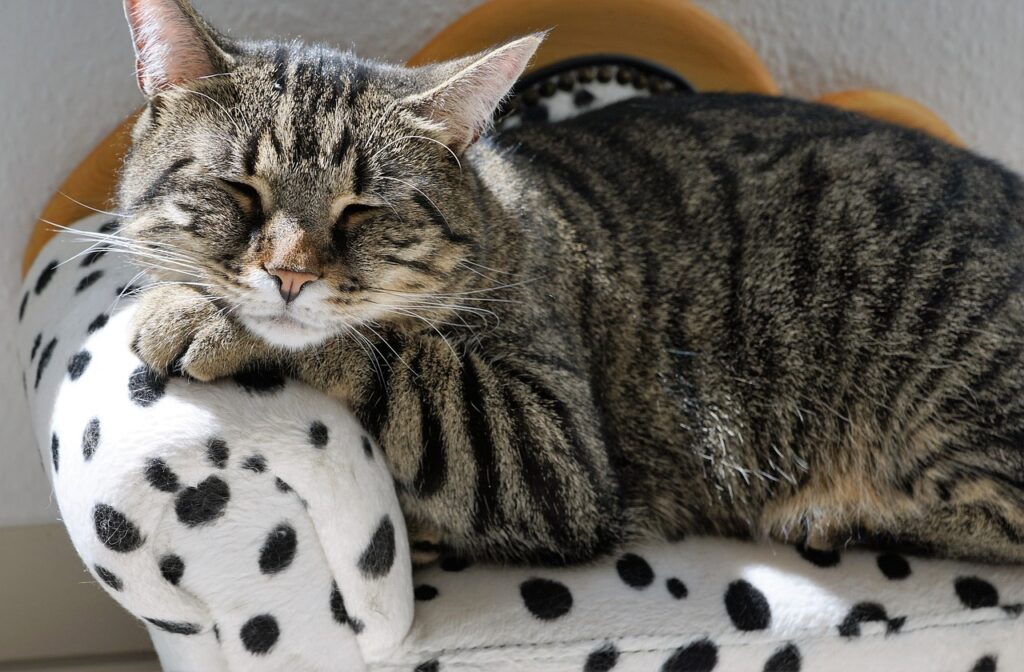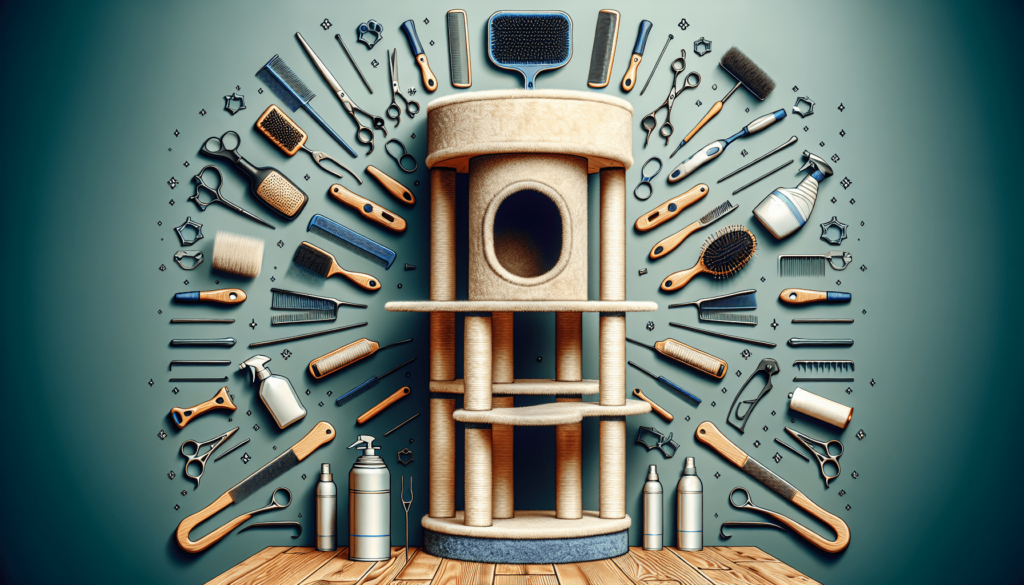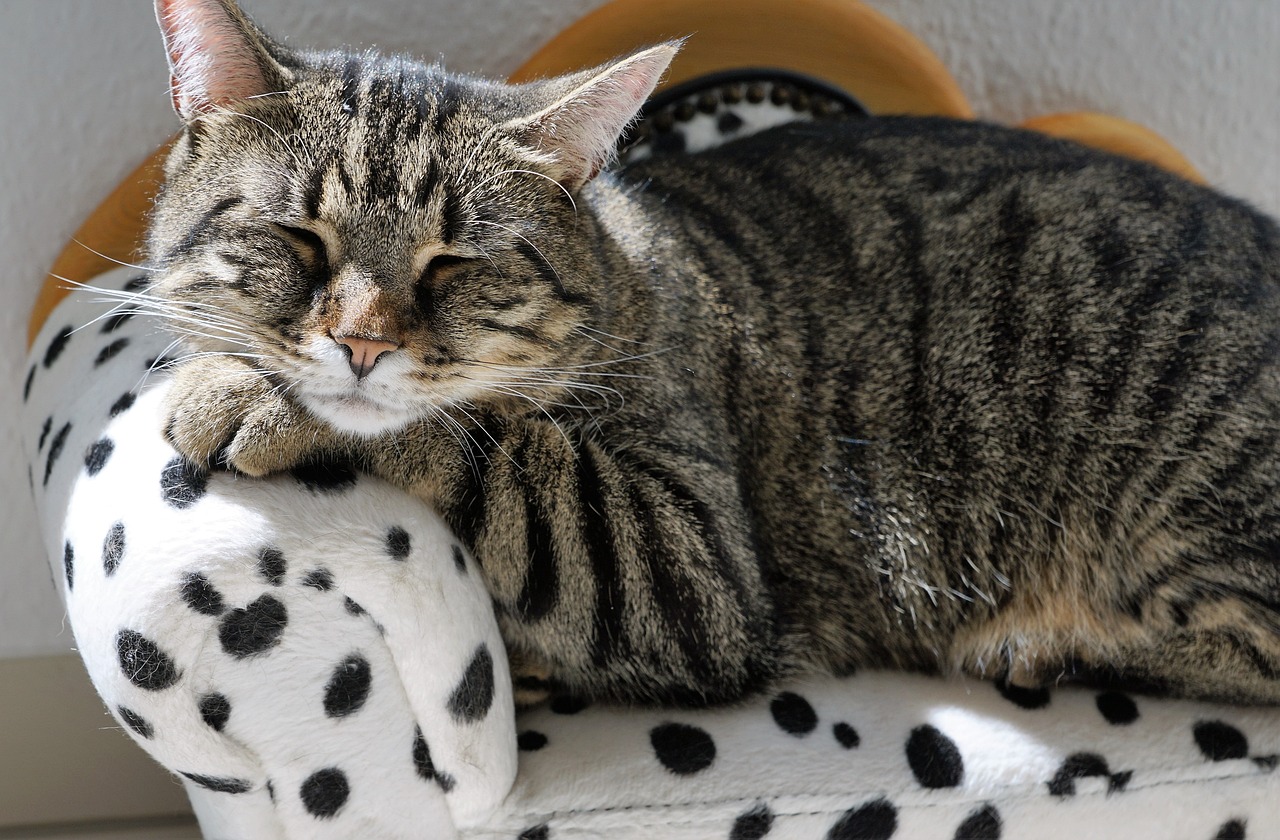Maintaining a clean and healthy environment for your feline friend is essential, and that includes their furniture set. Whether you have a cat tree, scratching post, or a cozy bed, this complete guide will provide you with all the tips and tricks you need to effectively clean and maintain your cat furniture. From removing fur and stains to preventing odor buildup, you’ll learn how to keep your cat’s furniture looking fresh and appealing for both them and you. So, grab your cleaning supplies and let’s get started on making your cat’s furniture set spotless and inviting!
Choosing the Right Cat Furniture
When it comes to choosing cat furniture, it’s essential to consider your cat’s preferences and needs. Each cat has its own unique personality and preferences, so it’s important to choose furniture that suits their individual needs. Some cats prefer elevated spaces, while others enjoy cozy nooks. Take note of your cat’s behavior and try to match their preferences with the furniture you select.
Additionally, you should opt for furniture made from cat-friendly materials. Cats love to scratch, and it’s important to choose furniture that can withstand their natural instincts. Look for materials like sisal rope, which is perfect for scratching posts, and durable fabrics for cat beds. Avoid furniture made from materials that easily attract hair, as this can lead to a build-up of pet dander and require more frequent cleaning.
Lastly, ensure that the cat furniture you choose is sturdy and stable. Cats love to climb and play, so it’s important to select furniture that won’t tip over or collapse under their weight. Check for strong bases and solid construction when purchasing items like cat trees and perches. Providing your cat with sturdy furniture will not only keep them safe but also ensure that their furniture lasts for a long time.
Regular Cleaning Routine
To keep your cat furniture in top condition, it’s essential to establish a regular cleaning routine. This will help prevent the build-up of dirt, hair, and odor, ensuring that your furniture remains clean and fresh for your feline friend.
Start with a quick daily clean to remove any loose hair or debris from the furniture. Use a soft brush or a pet hair removal tool to gently brush the furniture, collecting any loose fur. This simple task can help minimize shedding and reduce the amount of hair that ends up on your furniture.
Vacuuming is also crucial for maintaining clean cat furniture. Use a handheld vacuum or an attachment to remove any embedded hair from carpeted surfaces or upholstered furniture. Make sure to pay attention to crevices, corners, and any other hard-to-reach areas where hair might accumulate.
Finally, wipe down surfaces with cat-friendly cleaning products. Choose cleaning solutions that are specifically formulated for use around cats, as regular household cleaners may contain harmful chemicals. Use a soft cloth or sponge dampened with the cleaning solution to wipe down surfaces, removing any dirt or stains. This step will not only keep your cat furniture clean but also help eliminate any lingering odors.

Cleaning Different Types of Cat Furniture
Different types of cat furniture require specific cleaning methods to ensure their longevity and cleanliness. Here’s a breakdown of how to clean common cat furniture items:
Cleaning Carpeted Cat Trees
Carpeted cat trees are a popular choice for providing cats with a comfortable place to climb, scratch, and play. To clean them, start by vacuuming all the carpeted surfaces to remove loose hair and dirt. For any stains or spills, use a cat-friendly carpet cleaner and a soft brush to gently scrub the affected area. Make sure to allow the carpet to dry thoroughly before allowing your cat to use the furniture again.
Cleaning Upholstered Cat Beds
Upholstered cat beds, like any other upholstered furniture, require regular cleaning to keep them fresh and hygienic. Start by removing any bedding or cushions and machine washing them according to the manufacturer’s instructions. For the bed itself, vacuum the upholstery to remove any loose hair or debris. If there are any stains, spot clean them using a cat-safe stain remover or a mixture of mild detergent and water. Remember to let the bed dry completely before placing it back in your cat’s chosen spot.
Cleaning Scratching Posts and Perches
Scratching posts and perches are essential for keeping your cat’s claws healthy and ensuring they have an appropriate outlet for their scratching instincts. To clean these items, start by vacuuming any carpeted or upholstered surfaces to remove hair and dirt. Next, use a cat-safe disinfectant or mild soap mixed with water to wipe down the surfaces. Rinse well and allow the posts and perches to dry completely before your cat uses them again.
Removing Stains and Odors
Accidents happen, and sometimes cat furniture may end up with stains or unpleasant odors. Here are some tips to help you remove stains and eliminate odors effectively:
Blotting and Removing Fresh Stains
If your cat has had a recent accident on your furniture, it’s essential to act quickly to prevent the stain from setting. Start by blotting up as much of the liquid or material as possible using paper towels or a clean cloth. Avoid rubbing the stain, as this can cause it to spread. Once you’ve absorbed the excess moisture, treat the stain with a cat-friendly stain remover or a mixture of vinegar and water. Blot the area again to remove the cleaning solution, and then allow it to air dry.
Utilizing Natural Stain Removers
For older or stubborn stains, natural stain removers can work wonders. Baking soda and hydrogen peroxide can be combined to make a paste-like consistency that can be applied to the stained area. Allow the paste to sit for several minutes, and then gently scrub the stained area with a soft brush. Rinse well with water and allow it to dry. Natural stain removers are a great alternative to harsh chemicals and are safe for both your cat and your furniture.
Neutralizing and Deodorizing Cat Furniture
If you’re dealing with lingering odors on your cat furniture, it’s important to neutralize and deodorize the affected areas. Baking soda is an excellent natural deodorizer that can help eliminate unwanted smells. Sprinkle baking soda over the furniture, allowing it to sit for several hours or overnight. Vacuum up the baking soda, and your furniture should be left smelling fresh and clean. Additionally, you can use cat-friendly aerosol sprays or powders specifically designed to neutralize pet odors.

Special Care for Sisal Rope and Carpeted Surfaces
Sisal rope and carpeted surfaces are commonly found on cat scratching posts and trees. While durable, they can wear over time, so it’s important to provide special care to extend their lifespan.
Trimming Loose Threads and Fraying Edges
Regularly inspect your cat’s furniture for loose threads or fraying edges. Using a pair of sharp scissors, carefully trim any loose threads or fraying areas. This will not only help prevent further damage but also keep your cat’s furniture looking neat and well-maintained.
Repairing and Replacing Sisal Rope
Sisal rope is a popular material for scratching posts, but it can eventually wear thin or become damaged from excessive use. Inspect the sisal rope regularly and replace it when you notice significant fraying or breakage. You can purchase replacement sisal rope from pet supply stores or online and easily reattach it to the posts, providing your cat with a fresh scratching surface.
Refreshing and Rejuvenating Carpeted Surfaces
Over time, carpeted surfaces on cat furniture may become worn or flattened due to your cat’s activity. To refresh these areas, use a soft brush or a pet hair removal tool to fluff up the carpet fibers. If the carpeted surface is severely damaged, you may consider adding a temporary carpet patch or replacing the carpet entirely. This will provide your cat with a comfortable and appealing surface to lounge and play on.
Preventing and Treating Scratches and Damage
Cats have a natural urge to scratch, which can lead to damage on your furniture. To prevent and treat scratches effectively, it’s important to provide appropriate scratching outlets, distract and train your cat away from furniture, and repair any existing damage.
Providing Appropriate Scratching Outlets
To redirect your cat’s scratching behavior away from your furniture, it’s crucial to provide appropriate scratching outlets. Invest in high-quality scratching posts or cat trees and place them strategically in areas where your cat likes to scratch. Use catnip or a cat attractant spray on the scratching posts to encourage your cat to use them. By providing attractive alternatives, you can save your furniture from unwanted scratches.
Distracting and Training Cats Away from Furniture
If your cat is particularly fond of scratching your furniture, it’s important to distract them and train them away from this behavior. Use positive reinforcement techniques, such as rewards or treats, to encourage your cat to use their scratching posts instead. Additionally, you can use deterrent techniques such as placing double-sided tape or aluminum foil on the areas your cat likes to scratch. Cats typically dislike the sticky or crinkly texture, which can help discourage them from scratching your furniture.
Repairing and Covering Up Scratch Marks
If your cat has already caused scratches or damage to your furniture, there are steps you can take to repair and cover up these marks. For small scratches on wooden furniture, use a wood filler to fill in the damaged area. Once dry, sand the filled spot and apply a matching wood finish to blend it in with the rest of the furniture. For fabric furniture, you can use fabric markers or upholstery repair kits to cover up small scratches or tears. These repair techniques will not only make your furniture look better but also prevent further damage.

Dealing with Cat Hair
Cat hair can quickly accumulate on furniture, making it look messy and unclean. To minimize shedding and keep your furniture hair-free, follow these tips:
Regular Brushing to Minimize Shedding
Regularly brushing your cat’s fur can help minimize shedding and reduce the amount of hair that ends up on your furniture. Invest in a high-quality cat brush or comb that suits your cat’s coat type. Make it a part of your cat’s grooming routine and brush them at least once a week. Not only will this help with shedding, but it will also strengthen the bond between you and your cat.
Using Lint Rollers and Tape to Remove Hair
Lint rollers and tape are excellent tools for quickly removing cat hair from furniture. Keep a lint roller or a roll of strong adhesive tape handy, and lightly roll it over the surface of your furniture to collect the hair. This method is especially useful for fabric or upholstered furniture. Remember to check and replace the adhesive sheets regularly to ensure effective hair removal.
Using Furniture Covers and Slipcovers
If your cat tends to spend a lot of time on your furniture and shedding is an ongoing issue, consider using furniture covers or slipcovers. These protective covers can be easily removed and washed, allowing for easy cleanup of hair and preventing it from embedding into the fabric. Opt for covers made from materials that are resistant to pet hair accumulation and machine washable for added convenience.
Preventing and Managing Odors
Having a clean and fresh-smelling home is important for both you and your cat’s comfort. Here are some tips to prevent and manage odors on your cat furniture:
Regularly Cleaning Litter Boxes
Litter box maintenance is crucial for controlling odors in your home. Keep the litter box clean and scoop it daily to remove any waste. Regularly replace the litter and thoroughly clean the litter box itself with a cat-safe disinfectant to prevent odors from lingering. Placing a litter box deodorizer or baking soda at the bottom of the litter box can help absorb odors.
Utilizing Odor-Eliminating Sprays and Powders
There are a variety of cat-friendly sprays and powders available that are specifically formulated to eliminate pet odors. These products can be used on cat furniture to freshen it up and neutralize any unpleasant smells. Follow the instructions on the packaging and apply the spray or powder to the furniture as directed. Regular use of odor-eliminating sprays or powders can help maintain a pleasant environment for both you and your cat.
Using Activated Charcoal or Baking Soda
Activated charcoal and baking soda are natural odor absorbers that can help eliminate unwanted smells on cat furniture. Place a small bowl of activated charcoal or baking soda near the furniture, and it will gradually absorb the odors. Replace the charcoal or baking soda every few weeks to ensure maximum effectiveness. This simple and affordable method can make a significant difference in maintaining a fresh-smelling home.

Maintaining Cat Furniture Longevity
Taking proper care of your cat furniture will help extend its lifespan, ensuring that your cat can enjoy it for years to come. Here are some maintenance tips for keeping your cat furniture in optimal condition:
Checking and Tightening Fasteners Regularly
Cat furniture, especially cat trees and perches, often comes with fasteners like screws and bolts. Regularly inspect these fasteners to ensure they are properly tightened. Over time, the constant use and movement of the furniture can cause the fasteners to become loose. Tightening them periodically will help maintain the stability and safety of the furniture.
Inspecting for Wear and Tear
Periodically inspect your cat furniture for any signs of wear and tear. Check for loose threads, rips, or any other damage that may compromise its functionality or safety. Repair or replace any damaged parts promptly to prevent further deterioration and avoid potential hazards for your cat. Regular inspection can help identify issues early on, allowing for timely repairs or replacements.
Addressing Small Repairs Promptly
Small repairs can go a long way in maintaining the quality and appearance of your cat furniture. If you notice loose fabric, detached pieces, or small tears, address these repairs as soon as possible. Use appropriate repair materials or consult a professional if needed. By addressing small repairs promptly, you can prevent them from becoming larger and costlier problems down the line.
Creating a Cat-friendly Environment
Creating a cat-friendly environment goes beyond just providing furniture. To ensure your cat is happy and content, consider these additional tips:
Enriching the Environment with Toys and Activities
Cats thrive on mental and physical stimulation, so it’s essential to provide them with toys and activities that stimulate their natural instincts. Choose toys that encourage interactive play, such as wand toys, puzzle toys, and treat-dispensing toys. Rotate toys regularly to keep things interesting and prevent boredom. Adding vertical spaces for climbing and shelves for perching can also enrich your cat’s environment.
Providing Cozy Resting Spots and Hiding Places
Cats love cozy and secure spots for napping and hiding. Consider providing comfortable and warm resting places, such as plush cat beds or blankets placed in quiet corners of your home. If your cat enjoys hiding, provide them with enclosed spaces like covered cat beds or cardboard boxes. Creating these cozy spots will give your cat a sense of security and wellbeing.
Rotating and Refreshing Cat Furniture Regularly
To prevent your cat from getting bored with their furniture, consider rotating and refreshing it periodically. Move the furniture to different locations, change the arrangement of perches or scratching posts, or even introduce new pieces to keep things exciting. This will keep your cat engaged and prevent them from losing interest in their furniture. Additionally, regularly cleaning and maintaining the furniture will ensure it remains in top condition and appealing to your feline friend.
In conclusion, cleaning and maintaining your cat furniture is essential for both your cat’s health and the longevity of the furniture itself. By considering your cat’s preferences, selecting cat-friendly materials, and ensuring sturdiness, you can choose the right cat furniture for your beloved pet. Establishing a regular cleaning routine, using appropriate cleaning techniques for different types of furniture, and addressing stains and odors promptly will keep your cat furniture clean and fresh. Providing special care for materials like sisal rope and carpeted surfaces, preventing and treating scratches and damage, and effectively managing cat hair and odors will help maintain the quality and appearance of your cat furniture. Regular maintenance checks, prompt repairs, and creating a cat-friendly environment complete the comprehensive guide to cleaning and maintaining your cat furniture set. With the proper care and attention, your cat furniture will provide a safe and enjoyable space for your feline companion for years to come.


